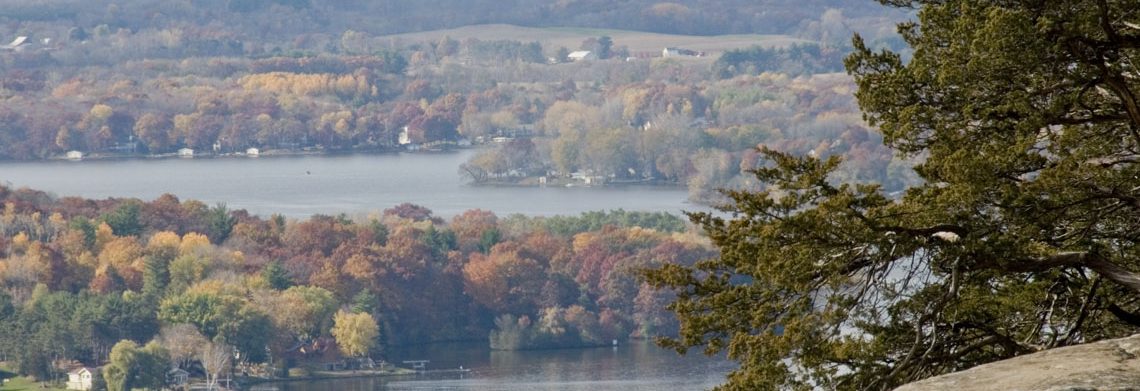black walnut
Juglans nigra

Description:
Juglans nigra, also known as the Eastern black walnut, is a species of deciduous tree in the Juglandaceae family. It is native to the Eastern United States and can be found from southern Ontario and Quebec, to the Gulf of Mexico, including Wisconsin.
Morphologic characteristics of Juglans nigra include:
- large tree, reaching heights of up to 100 feet
- straight trunk, with a dark brown, deeply furrowed bark
- pinnately compound leaves, with 11-23 leaflets that are lanceolate to ovate in shape
- male and female flowers on separate trees, with the males being in drooping catkins, and the females being small and inconspicuous
- large, round, green fruit, which mature in September to October and contain a large, edible, oily nut encased in a thick, hard shell
It can be found in different habitats such as bottomlands and well-drained uplands, and it’s also commonly used as a shade tree, and for its wood and nuts.
Details:
black walnut
[wi_plants_standard_vw filter="attr::emd_usda_symbol::is::JUNI;"]
[wip_eco_standard_vw filter="attr::emd_usda_symbol::is:: JUNI;"]
[wip_legal_standard_vw filter="attr::emd_usda_symbol::is::JUNI;"]
[wip_morph_standard_vw filter="attr::emd_usda_symbol::is:: JUNI;"]
[wip_require_standard_vw filter="attr::emd_usda_symbol::is::JUNI;"]
[wip_repro_standard_vw filter="attr::emd_usda_symbol::is::JUNI;"]
[wip_use_standard_vw filter="attr::emd_usda_symbol::is:: JUNI;"]
References:
- Burns, Russell M., Honkala, Barbara, H. Silvics of North America, Volume 2, Hardwoods. United States Department of Agriculture (USDA), Forest Service, Agriculture Handbook 654, pages 391-399.
- iNaturalist Database – Juglans nigra
- Smallwood, Christopher J.; Ethington, Matthew J.; Ginzel, Matthew D. Managing Thousand Cankers Disease in High-value Plantings of Black Walnut (Fagales: Juglandaceae) in Washington State. Journal of Integrated Pest Management, Volume 13, Issue 1, 2022, 5.
- USDA Plants Database – Juglans nigra
- USFS Fire Effects Information System – Juglans nigra
- Wisflora Database – Juglans nigra
Return to Native Plants page
